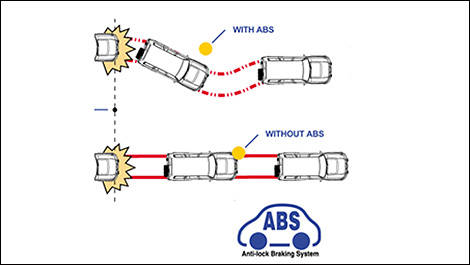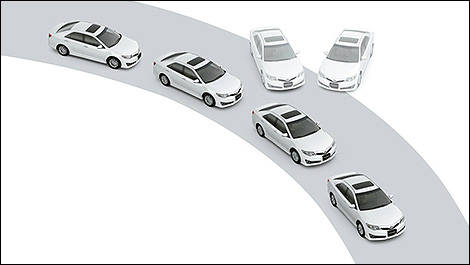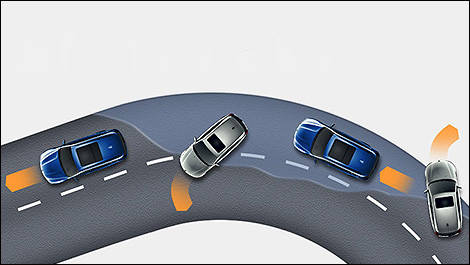Electronic driving aids get mixed reviews. In fact, I'd say they fuel one of the most polarizing automotive topics in the 21st Century. Some people hate them, claiming that they're just one step short of fully autonomous cars, while others are grateful that automakers put so much effort into building increasingly safe and sophisticated vehicles -- some even take care of those dreaded parallel parking manoeuvres!
These driving aids fall into the “active safety” category, which means they help prevent accidents (unlike “passive safety” devices, such as airbags, which step in during or after a collision only).
Let's take a closer look...
The level of sophistication involved usually depends on the make and model: More luxurious cars tend to feature more advanced safety systems. The names and acronyms may differ from one company to another, but their operation is pretty much the same.
Anti-lock braking system (ABS)
This system slows down each wheel and prevents them from locking up. Sensors monitor wheel rotation and adjust braking power for maximum tire grip. With the help of the electronic brake-force distributor (EBD), wheels with the most traction play a larger role to immobilize the vehicle. Manufacturers like Toyota have also developed a Smart Stop technology that automatically cuts engine power and allows the brakes to take precedence over the throttle when both pedals are pressed at the same time.
Traction control
Under acceleration, sensors ensure each wheel retains traction. As soon as one starts to lose traction and spins excessively, the traction control system will automatically cut the amount of power being sent to that particular wheel.
Stability control
This feature can be quite useful in corners and during avoidance manoeuvres. Stability control reduces engine power and applies brake force to the wheels that need it, steering the vehicle back into the driver's intended direction.
These driving aids fall into the “active safety” category, which means they help prevent accidents (unlike “passive safety” devices, such as airbags, which step in during or after a collision only).
Let's take a closer look...
The level of sophistication involved usually depends on the make and model: More luxurious cars tend to feature more advanced safety systems. The names and acronyms may differ from one company to another, but their operation is pretty much the same.
Anti-lock braking system (ABS)
This system slows down each wheel and prevents them from locking up. Sensors monitor wheel rotation and adjust braking power for maximum tire grip. With the help of the electronic brake-force distributor (EBD), wheels with the most traction play a larger role to immobilize the vehicle. Manufacturers like Toyota have also developed a Smart Stop technology that automatically cuts engine power and allows the brakes to take precedence over the throttle when both pedals are pressed at the same time.
 |
| Photo: Nissan |
Traction control
Under acceleration, sensors ensure each wheel retains traction. As soon as one starts to lose traction and spins excessively, the traction control system will automatically cut the amount of power being sent to that particular wheel.
 |
| Photo: Toyota |
Stability control
This feature can be quite useful in corners and during avoidance manoeuvres. Stability control reduces engine power and applies brake force to the wheels that need it, steering the vehicle back into the driver's intended direction.
 |
| Photo: Bmw |


